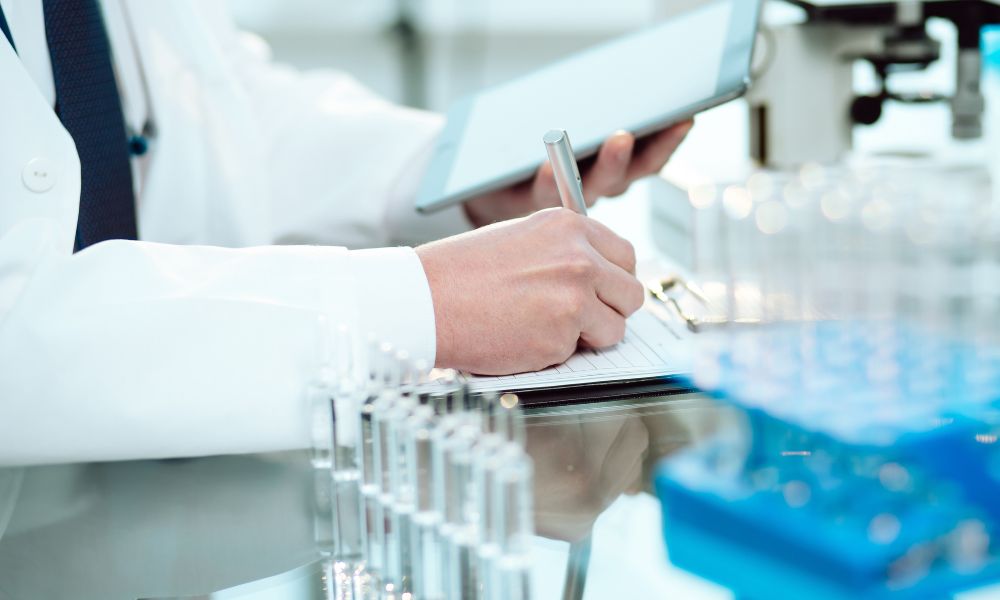
Working in a laboratory environment presents many challenges, from protecting lab personnel and visitors to ensuring that all samples receive the proper care. Labeling is one of the most important steps in controlling a lab environment, as labels provide critical information about the samples in the experiments.
The last thing any lab manager or technician wants is to have a sample contaminated, mislabeled, or mishandled. Let’s look at why labeling is important in a lab environment.
Safety First
Labels help protect lab personnel and visitors by providing clear instructions on handling hazardous materials. For example, labels tell people if they need to wear gloves or other protective equipment when handling particular items or substances. They also provide critical information about warning signs associated with potentially dangerous materials. In addition, labels help ensure that proper safety protocols get followed during a spill or contamination, as they typically include emergency contact information and other essential safety guidelines.
Organization & Efficiency
Labels also help keep laboratories organized and efficient by clearly identifying what is in each container. This label eliminates the guesswork for lab personnel who might otherwise have to open multiple containers to determine which one holds the sample they need. Additionally, labeling helps keep track of inventory levels by enabling labs to quickly scan shelves and note when supplies are running low without ever having to open any containers. This management makes it easier for laboratories to order additional supplies before stock runs out.
Data Collection & Analysis
In addition to keeping a laboratory organized and safe, you can use labels for data collection and analysis. By clearly labeling samples with identifying numbers or codes, researchers can accurately track their progress by making notes on the label or cross-referencing it with an electronic tracking system such as a database or spreadsheet program like Excel or Google Sheets. This system helps researchers see how their experiments have progressed, enabling them to compare different samples side-by-side for deeper analysis.
Labeling is an essential tool for maintaining organization in any laboratory setting. It’s one of the best record-keeping tips you can use to ensure that your lab is efficient, safe, and productive. Not only do labels help ensure that samples get the proper care, but they also make it easier for labs to keep track of inventory levels and collect data for further analysis. Whether working on research projects or handling hazardous materials, utilizing labeling solutions is always a good idea!
